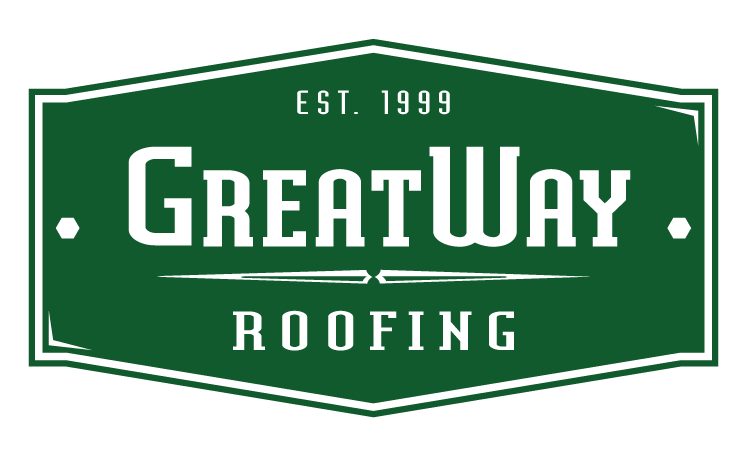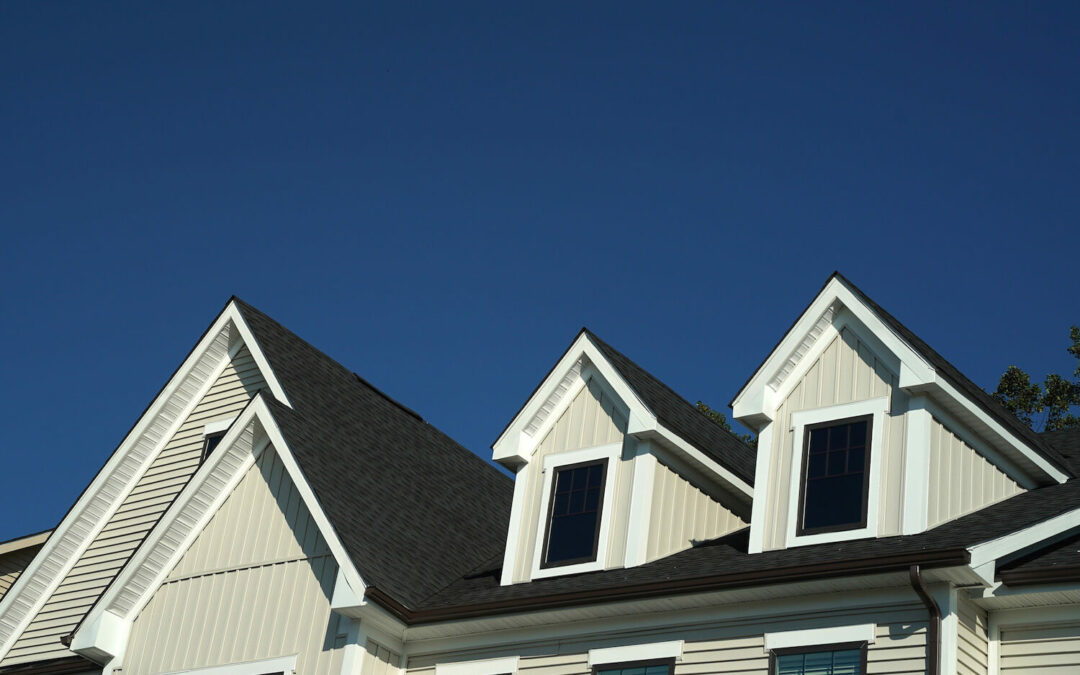Your home’s roof is not just a protective shield; it’s an integral part of your investment. A well-maintained and durable roof can significantly increase your entire house’s lifespan while saving you from costly repairs. Given its importance, it’s essential to maximize your roof’s lifespan.
In this article, we’ll explore strategies to achieve long-term durability for your home roof.
Choose the Right Roofing Material
Selecting the appropriate roofing material is the foundation of a long-lasting roof. The choice largely depends on your location, budget, and aesthetic preferences. Here are some common roofing materials to consider:
Asphalt Shingles
Asphalt shingles are North America’s most popular roofing material due to their affordability and ease of installation. They come in various styles and colors, making them versatile for different architectural designs. However, their lifespan typically ranges from 15 to 30 years, so they might need replacement sooner than other materials.
Metal Roofing
Metal roofing is highly durable and can last 50 years or more with proper maintenance. It’s resistant to fire, insects, and rot. Metal roofs are also energy-efficient, reflecting sunlight to reduce cooling costs. While they may have a higher upfront cost, their longevity can make them a cost-effective choice in the long run.
Slate and Tile
Slate and tile roofs are known for their beauty and longevity. With proper care, they can last over a century. However, these materials are heavier and more expensive than others, and not all roofing structures can support their weight. If you can afford the initial investment and your structure allows for it, a slate or tile roof is a wise choice.
Synthetic Roofing Materials
Modern synthetic roofing materials mimic the appearance of traditional materials like slate, wood, or tile but offer enhanced durability and weather resistance. They often come with extended warranties, making them a smart choice for those seeking the look of traditional roofing without the associated maintenance.
Green Roofing
Green or living roofs are a sustainable option that covers your roof with vegetation. They provide natural insulation, improve air quality, and absorb rainwater. While green roofs require specialized installation and maintenance, they can last for decades when properly cared for.
Regular Inspections and Maintenance
Prevention is critical to extending your roof’s lifespan. Regular inspections can catch minor issues before they become significant problems. Here are some maintenance tips:
Regular Roof Inspections
Regular roof inspections by a professional roofing contractor can identify issues like loose shingles, damaged flashing, or clogged gutters. In most cases, roof inspections are recommended once every three to five years, depending on the age of your roof or if there are trees near your roof, which may require an inspection every two to three years. Promptly addressing problems can prevent more extensive damage and costly repairs down the road.
Clean Gutters
Clogged gutters can lead to water pooling on your roof, which can cause leaks and structural damage. Regularly clean your gutters to ensure they are properly functioning.
Trim Overhanging Branches
Overhanging tree branches can scratch your roof and drop debris, potentially damaging it or your gutters. Trim branches away from your roof to prevent such issues.
Insulate and Ventilate Attics
A well-insulated and ventilated attic helps regulate temperature and moisture, preventing heat buildup in the summer and potential ice dams in the winter. Proper attic conditions can extend the lifespan of your roofing materials.
Seal Roof Penetrations
Check roof penetrations, such as vents, skylights, or chimneys, to ensure they are properly sealed to prevent leaks.
Address Your Roof Leaks Promptly
If you notice any signs of a roof leak, such as water stains on your ceiling or walls, it’s crucial to address the issue immediately. Ignoring a small leak can damage your roof and home’s interior significantly. Here’s what to do if you suspect a roof leak:
Locate the Source
Identify the source of the leak. You may need to enter your attic or crawl space to identify the entry point. Look for water stains, wet insulation, or signs of moisture.
Temporary Fixes
While you wait for professional help, you can use temporary measures like placing a bucket under the leak to collect dripping water and using a tarp to cover the affected area from the outside. Although these short-term solutions can be helpful, you should contact a professional to assess and repair the damage.
Call a Professional
Contact a reputable roofing contractor to assess and repair the leak. Roofing experts have the knowledge and tools to fix the problem correctly and prevent future leaks.
Maintain Proper Roof Ventilation
Roof ventilation is often overlooked but plays a crucial role in prolonging the life of your roof. Proper ventilation helps regulate temperature and moisture in your attic, preventing issues like ice dams, mold growth, and premature roof aging. Here’s how to ensure your roof has adequate ventilation:
Ridge and Soffit Vents
A well-insulated roof should have adequate ridge and soffit vents to create a balanced airflow through the attic. Cool, dry air enters through soffit vents at the roof’s lower edge, while warm, moist air exits through ridge vents at the roof’s peak.
Attic Fans
Consider installing attic fans to improve ventilation further. These fans help remove hot air from your attic, reducing the strain on your roof and helping to prevent premature deterioration.
Insulation
Ensure that attic insulation doesn’t block airflow from soffit vents. Properly insulating your attic is essential for maintaining a comfortable living space while preventing excess moisture.
Protect Against Harsh Weather Conditions
Your roof is your home’s first line of defense against the elements. Depending on your location, your roof may face various weather challenges, from extreme heat and sunlight to heavy rainfall, winds, or fire. Here’s how to protect your roof from harsh weather conditions:
Regular Inspections Post-Storm
After severe weather events, such as heavy storms or winds, is an excellent time to have your roof inspected. Even if you don’t see visible signs of damage, have a professional assess your roof’s condition to ensure no hidden issues.
Professional Roof Maintenance
While you can perform some roof maintenance tasks yourself, certain aspects of roof care are best left to professionals. Hiring a qualified roofing contractor can ensure your roof is in top condition. Here’s what professional maintenance entails:
Inspection & Maintenance
Before recommending maintenance, a roofing contractor will inspect your entire roof and note any issues, including missing or slipped tiles or shingles, pipes or penetrations needing resealing, any excessive debris from nearby trees, or the gutters are clogged.
Warranty Maintenance
If your roof has a warranty, ensure that you follow the manufacturer’s guidelines for inspections and maintenance. Failure to do so could void the warranty.
Plan for Your Roof Replacement
No matter how well you maintain your roof, it will eventually reach the end of its lifespan. Planning for roof replacement in advance can help you avoid unexpected expenses and ensure that your home remains protected. Here are some steps to consider:
Know Your Roof’s Lifespan
Understand the expected lifespan of your roofing material and keep track of its age. This will help you anticipate when a replacement might be necessary.
Save for Replacement
Start setting aside funds for a roof replacement well in advance. A roof replacement can be a significant expense, so having the financial resources ready will prevent financial strain when the time comes.
Consult a Professional
As your roof approaches the end of its lifespan, consult a professional roofing contractor for an assessment. They can estimate the remaining life of your roof and recommend ways to extend the life, when possible.
Choose the Right Material
When it’s time to replace your roof, carefully consider your material choice. Advances in roofing technology may offer better options than what was available when your roof was installed.
Hire Experienced Contractors
Select experienced and reputable roofing contractors for the replacement job. Quality installation is crucial to the longevity of your new roof.
Roof Conclusion
Your roof is a crucial part of your home, and maximizing its lifespan should be a top priority. You can significantly extend your roof’s durability by choosing the best roofing material, conducting regular inspections and maintenance, addressing leaks promptly, ensuring proper ventilation, protecting against harsh weather, and planning for roof replacement when necessary. Remember that a well-maintained roof protects your investment and provides peace of mind, knowing your home is secure and comfortable for years.

